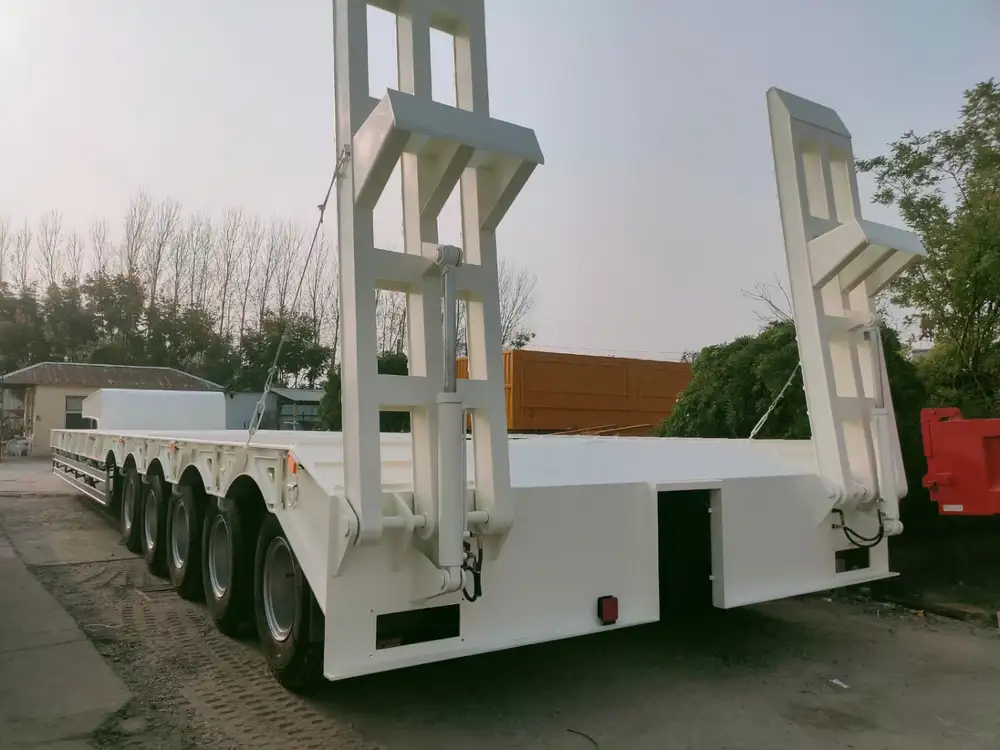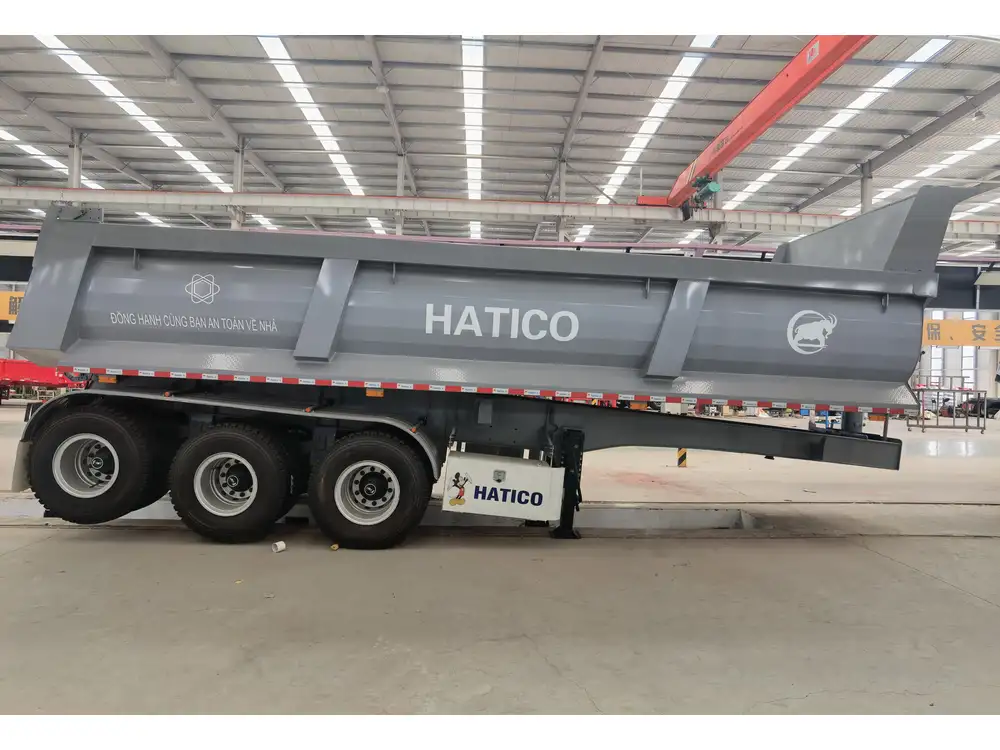When it comes to logistics, transportation, and freight management, understanding the capacity of tanker trucks is crucial for businesses across various sectors. Whether you’re involved in the petroleum industry, food and beverage manufacturing, or chemical transport, knowing how many gallons your tanker truck can hold not only informs your logistics decisions but also impacts your bottom line. This article explores the nuances of tanker truck capacities, providing a structured analysis that offers deep insights into their specifications and applications.
Understanding Tanker Truck Classes
Tanker trucks come in various classes and designs tailored for different types of cargo. The capacity they can hold largely depends on the construction and intended use. Below are the primary categories:
| Tanker Class | Capacity (Gallons) | Typical Cargo |
|---|---|---|
| Small Tankers | 1,000 – 5,000 | Diesel, gasoline, chemicals |
| Medium Tankers | 5,000 – 10,000 | Oil, potable water, jet fuel |
| Large Tankers | 10,000 – 20,000 | Liquefied gases, industrial oils |
| Super Tankers | 20,000 – 30,000 | Heavy crude oil, bulk chemicals |
Small Tankers
These compact vehicles are often used for localized deliveries. They typically carry 1,000 to 5,000 gallons, offering flexibility in tight spaces. Common in urban environments, small tankers excel at transporting diesel and gasoline, making them indispensable for fuel suppliers.

Medium Tankers
With capacities between 5,000 and 10,000 gallons, medium tankers serve both urban and rural areas, transporting jet fuel, potable water, or lighter oils. Their versatility allows businesses to fulfill various logistical needs without maintaining separate fleets.
Large Tankers
Carrying between 10,000 and 20,000 gallons, large tankers are often utilized for bulk delivery of petroleum products and chemicals. Their design allows for a single trip to handle significant quantities, reducing transportation costs and minimizing road usage.
Super Tankers
The behemoths of the tanker world, super tankers can hold between 20,000 to 30,000 gallons. Primarily employed in transporting heavy crude oil and hazardous materials, these trucks require specially trained drivers and adhere to stringent safety regulations.

Factors Influencing Tanker Truck Capacity
Understanding the variables that influence tanker truck capacity enables better decision-making in fleet management and cargo logistics.
Design and Configuration
The design of a tanker truck significantly affects its capacity. Cylindrical tanks are efficient for liquids, maximizing space and minimizing weight. Specialty designs, such as those equipped with compartments, allow for transporting multiple types of fluids simultaneously.
Regulatory Considerations
Different regions impose varying regulations on tanker capacities, including restrictions based on road weight limits. For example, a fully loaded tanker cannot exceed a certain weight, which may lead to underutilization of tank space in order to comply with legal stipulations.

Payload vs. Volume Capacity
It’s vital to differentiate between payload capacity (the maximum weight a truck can carry) and volume capacity (the amount of liquid it can hold). A truck might be designed to hold 10,000 gallons of a specific fluid, but if the liquid’s density is high, the total weight could exceed legal limits, restricting the effective volume of cargo.
Choosing the Right Tanker for Your Needs
When determining what tanker is best for your operation, consider the following criteria:
Material Compatibility
It’s essential to ascertain whether the material of the tanker is compatible with the cargo. For example, stainless steel is ideal for food-grade liquids, while aluminum may suffice for transporting chemicals but may not be appropriate for corrosive substances.

Delivery Range
Consider the delivery range when evaluating tanker capacities. Smaller tankers are suitable for short haul operations, while larger tanks may benefit businesses engaged in long-distance routes, offering reliability and efficiency.
Loading and Unloading Systems
Different tankers may have diverse methods for loading and unloading. Some come equipped with pumps, while others may require gravity loading systems. The complexity of these systems can affect turnaround times and operational costs.
A Closer Look at Cargo Types
The capacity of a tanker truck is not just about how many gallons it holds; it’s also about the type of cargo being transported. Here’s a breakdown of common cargo types and their influence on tanker specifications.

Liquid Fuels
- Gasoline and Diesel: Generally transported in small to medium tankers, these fuels require frequent monitoring for safety and compliance.
- Jet Fuel: Typically loaded in larger capacity tankers, jet fuel transportation necessitates adherence to strict environmental regulations.
Food Grade Liquids
Transporting food-grade materials demands high hygiene standards. Tankers must be constructed from specific materials that prevent contamination and are often insulated to maintain temperature.
Chemicals
The transportation of chemicals like acids or alkalis requires specialized tanker designs. Some cargo must be transported in dedicated tanks to prevent cross-contamination and ensure safety.

Waste and Hazardous Materials
Tankers designed for waste removal or hazardous materials must comply with more stringent regulations. They are often equipped with enhanced safety features, including double hulls and pressure monitoring systems.
Maintenance and Operational Costs
Understanding the operational and maintenance costs associated with tanker trucks is essential for maximizing profit margins.
Fuel Efficiency
Fuel efficiency plays a critical role in operational costs. Tankers, especially larger models, may require higher fuel expenditures, impacting overall profitability. Investing in modern, fuel-efficient designs can mitigate these costs.

Maintenance Practices
Regular maintenance regimes are vital for ensuring the longevity and reliability of tanker trucks. Scheduled checks on the tank, valves, and pumps help prevent costly repairs and downtimes.
Insurance and Compliance Costs
The costs associated with insurance and compliance can vary significantly based on the type of cargo transported and regional regulations. It’s crucial to factor these into the overall operational costs.
Conclusion
Understanding how many gallons a tanker truck can hold is a nuanced topic that encompasses various factors, from design and cargo type to regulatory compliance and costs. Whether you’re managing a fleet of fuel delivery trucks, food-grade tankers, or chemical transporters, the right knowledge empowers you to make informed decisions.
By evaluating your needs against the specifications and capacities of available tanker trucks, you can optimize your logistics processes and enhance operational efficiency. Be sure to consider not only the immediate capacity requirements but also the implications for fuel consumption, maintenance, and regulatory compliance to ensure that every mile you cover maximizes value.
Investing in capacity knowledge lays the groundwork for strategic operational decisions, enabling effective management of your tanker fleet in a competitive marketplace. Whether you’re discussing logistics with team members, planning new routes, or negotiating supplier contracts, an in-depth understanding of tanker truck capacities will position your business for success.
Equipped with this comprehensive overview, we encourage you to assess your current tanker truck specifications and explore how our solutions can enhance your transportation efficiency. Partner with us to discover custom solutions tailored to your unique operational needs and streamline your logistic processes today.



